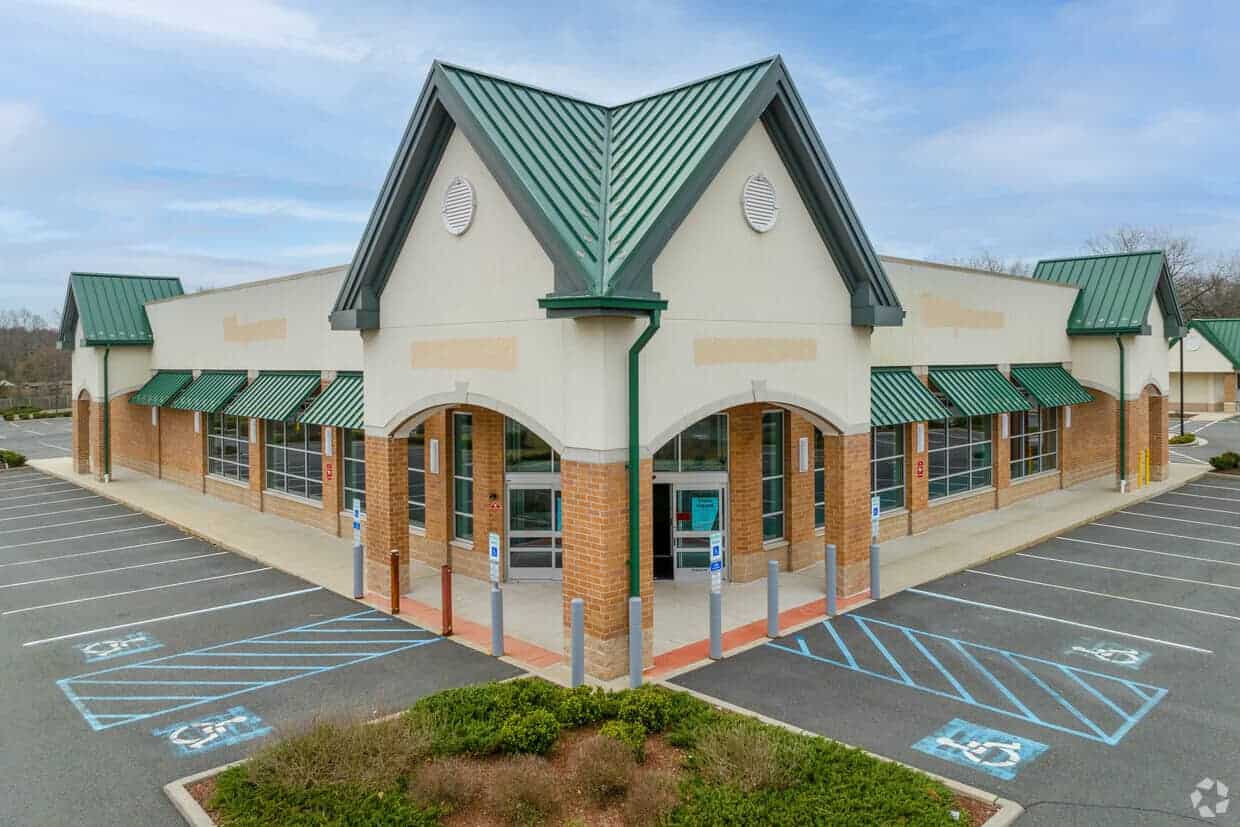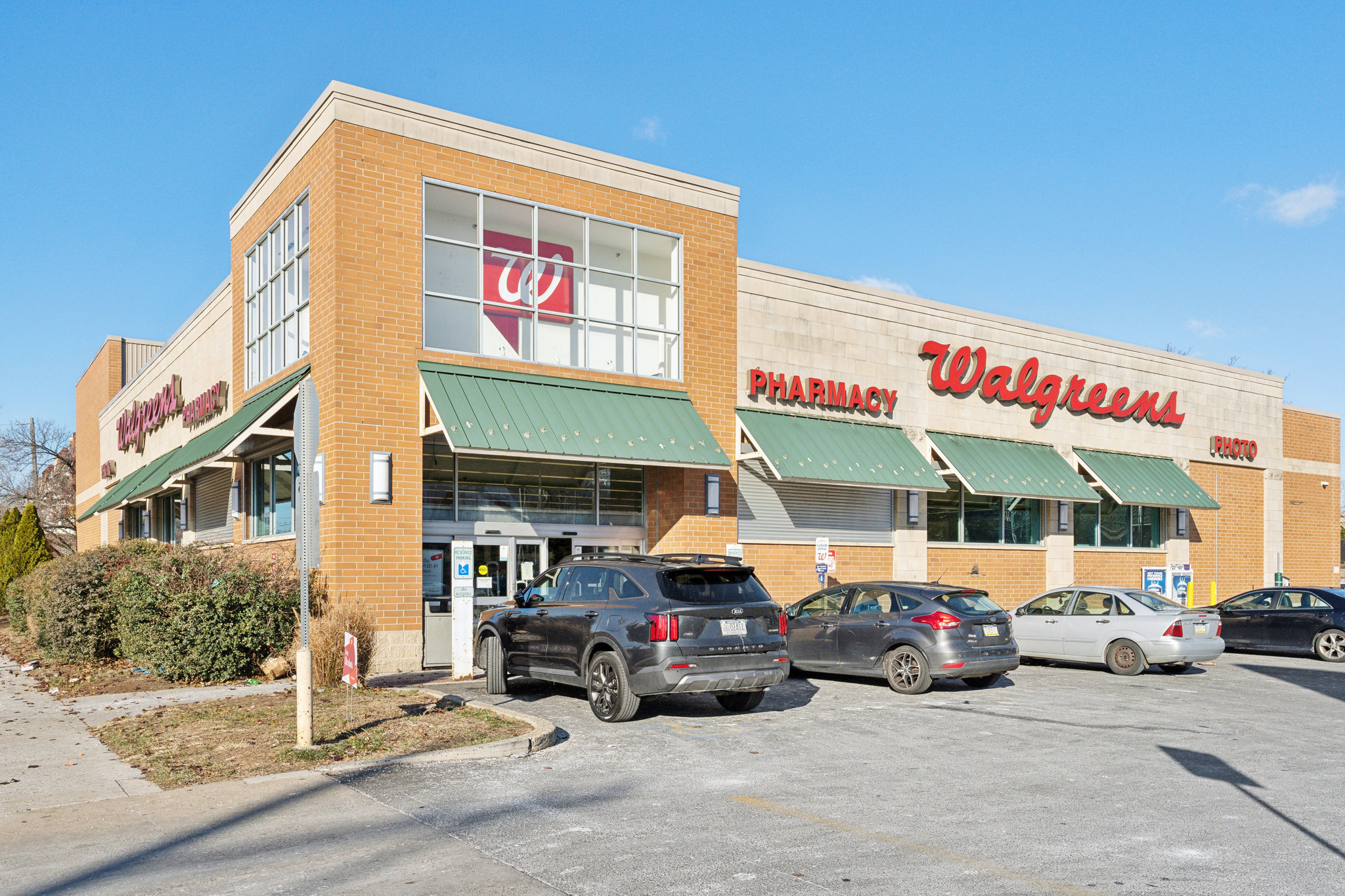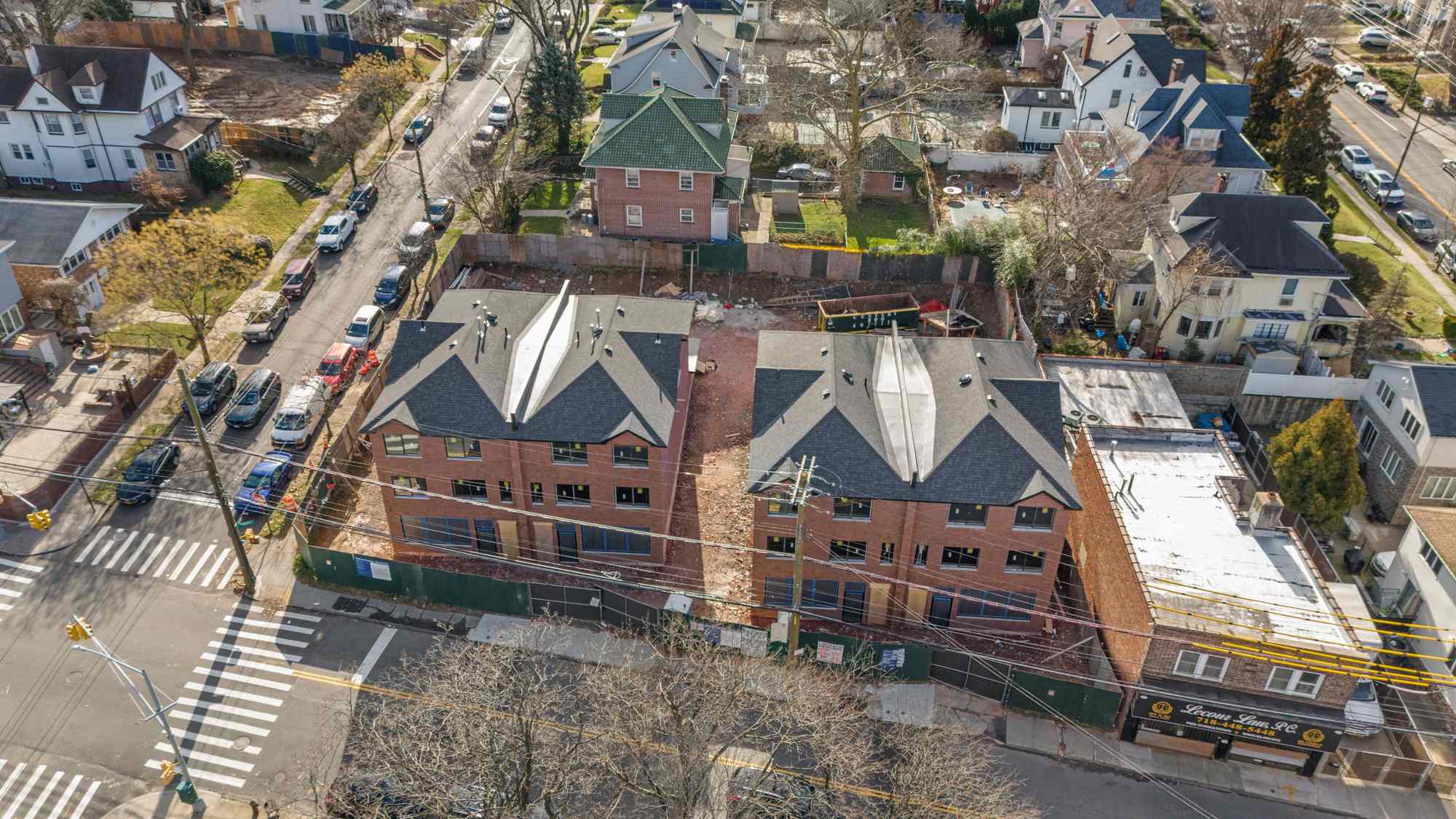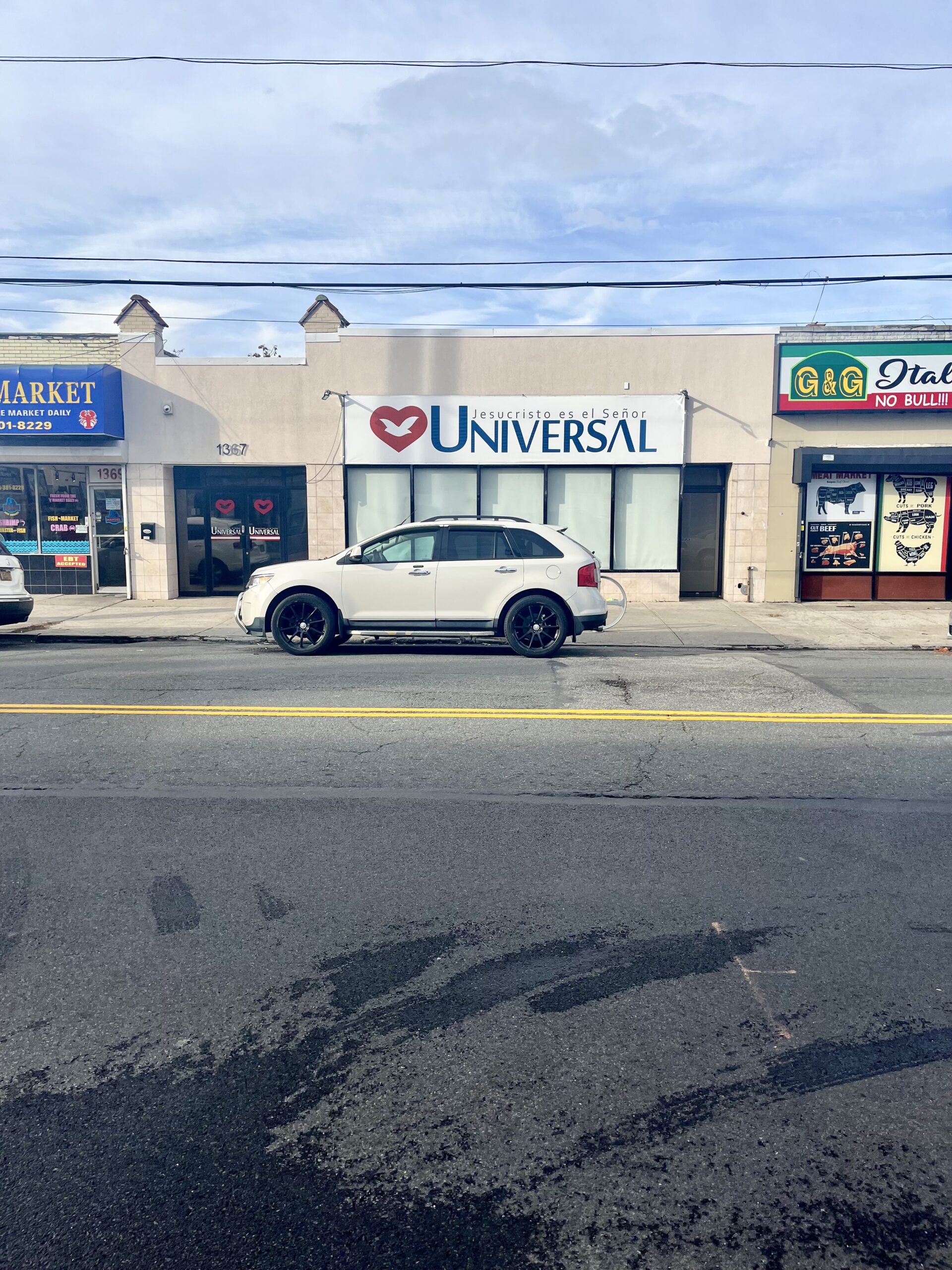Do You Need Chlorinators?
Hypochlorite serves for disinfection. To get it, you must install a device called chlorinator to the filtration system. This device has a cell system with electrodes, specified for ‘breaking’ NaCl into sodium and chlorine.
Chlorinators work as generators that turn NaCl molecules into a hypochlorite. This compound decreases salinity but keeps the disinfectant properties that chlorine has. That’s why the water in these pools is not like the one in oceans.
Many pool owners think that kitchen salt is a ‘magic’ compound added to water to make it crystal clear. They are somewhat right because pool salt is like the one people use for cooking. What differs is the method of production, which should ease the dissolution of NaCl molecules. That’s the task of generators.
Tips on Buying Pool Salt
Salt is essential to humanity. In addition to being used in the daily diet, the sodium-chloride (NaCl) found its purpose in medicine, industry, transportation, and many other areas. Among other things, you can use it for water purification.
Not any salt can work for cleaning swimming areas, but only certain types. The first is the so-called mined NaCl, which is actually a classic seasoning that you use every day. This product is the most popular pool sanitizer. The other two, solar and mechanically evaporated salt are less in use.
Reputable brands that offer mined salt claim that sodium chloride content in it is almost one hundred percent. Buy it if you look for a pool sanitizing product. It best maintains the optimal number of NaCl particles per millimeter (ppm).
Most manufacturers also sell chlorinators so that you can inquire about this offer in authorized stores. You can get maintenance kits containing bags of NaCl disinfects or specific chemicals for cleaning the systems of your current or new pool.
Keep Optimal NaCl Level
The optimal level of NaCl should be about 3000 ppm. If you maintain it, the use of chemistry will be minimal. Hypochlorite purifies the water; you just have to clean and maintain the infrastructure. Eventually, you can do a chlorine shock every few months.
After swimming, you notice white deposits on your skin, hair, and swimsuit. If you have a feature like fountains or jets, it sprays water all around, decreasing the level of salt in the swimming area. That’s why you should take care that the level of NaCl doesn’t go below 2500 ppm. That will shorten the life of the chlorinator. Also, high chlorine levels can damage metal parts and create an uncomfortable feeling while you’re in the water.
Avoid Solar Salt

Due to the production process, solar salt is very affordable. It’s made of sediments formed by the evaporation of ocean water in the sun. That is the most natural and cheap way of production. Still, because there is no extra purification, many unwanted elements can remain in this product.
Solar salt can contain particles of various metals and microorganisms that can chemically ‘contaminate’ water. Hence, it won’t have the maximum effect as a sanitizer. Mechanical evaporation can increase the purity of this product, but even this process doesn’t remove all particles. According to https://bluewaterspoolservices.com/pool-salt/, mined salt is still the best choice.
A water purifier that contains a lower percentage of chlorine is safer for users’ health and much more pleasant for the skin. You will notice a difference after swimming in pools with less chlorine. Besides, salt is a natural, efficient, and economical way to maintain your swimming area.







Leave a Comment